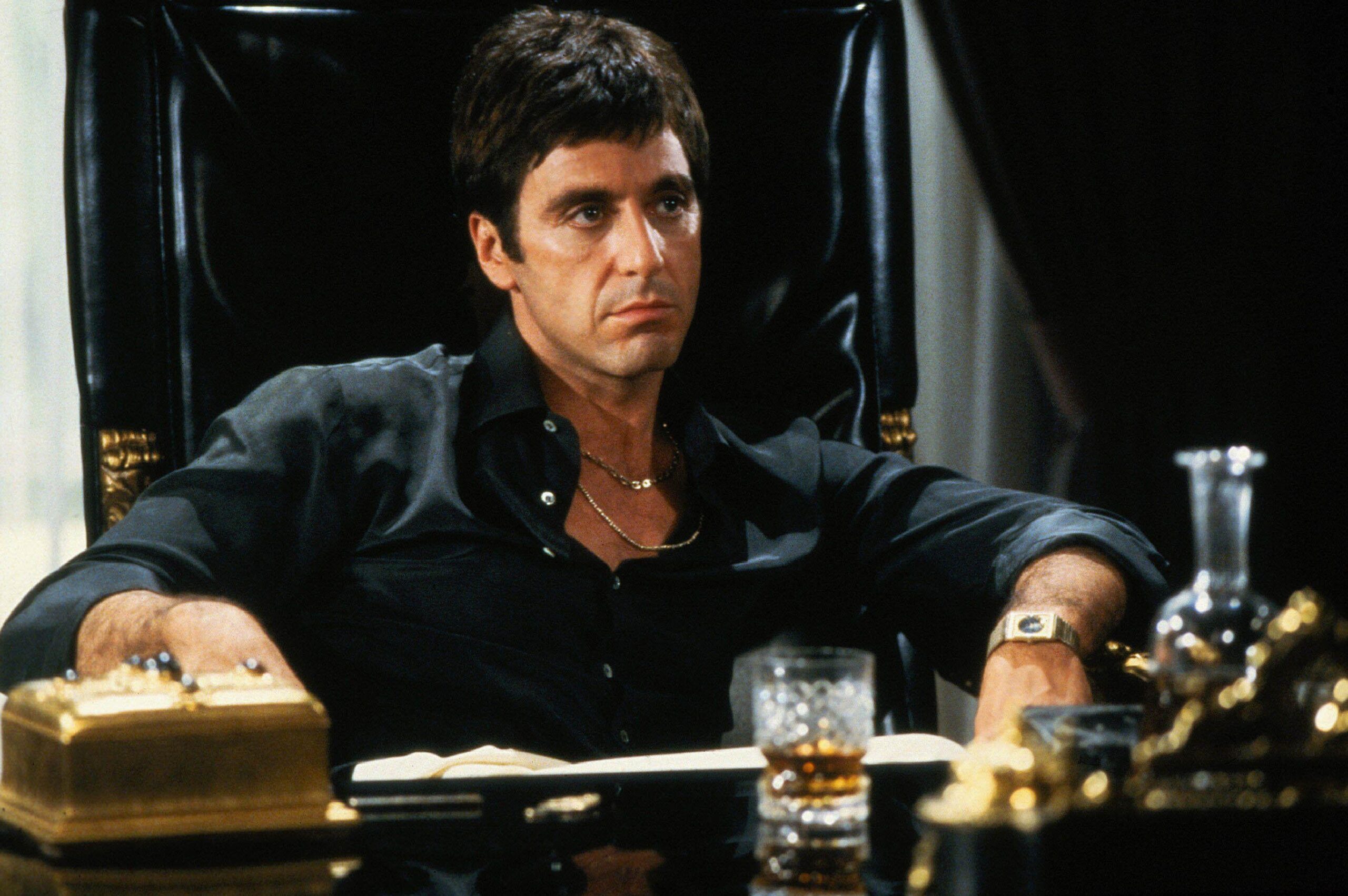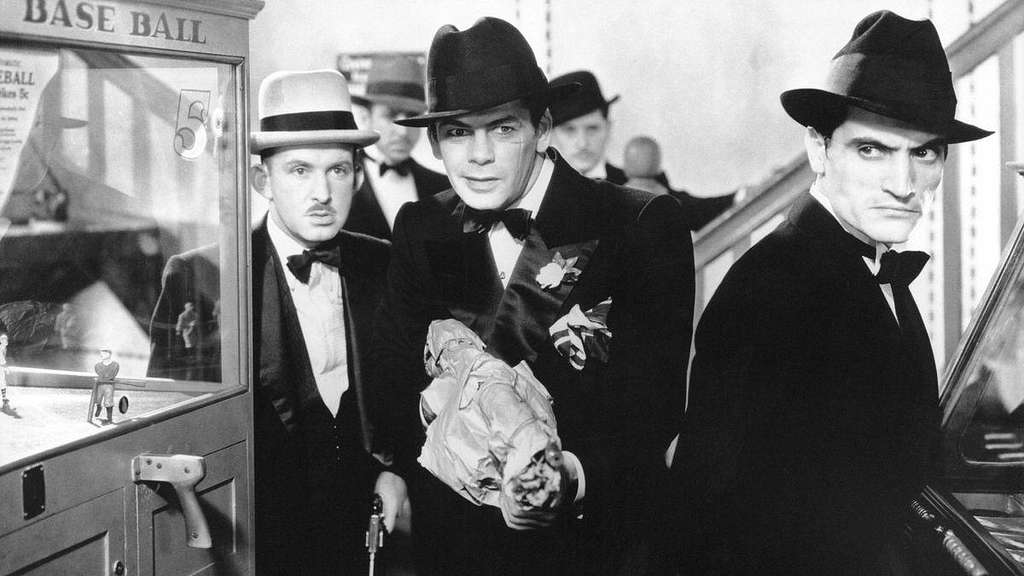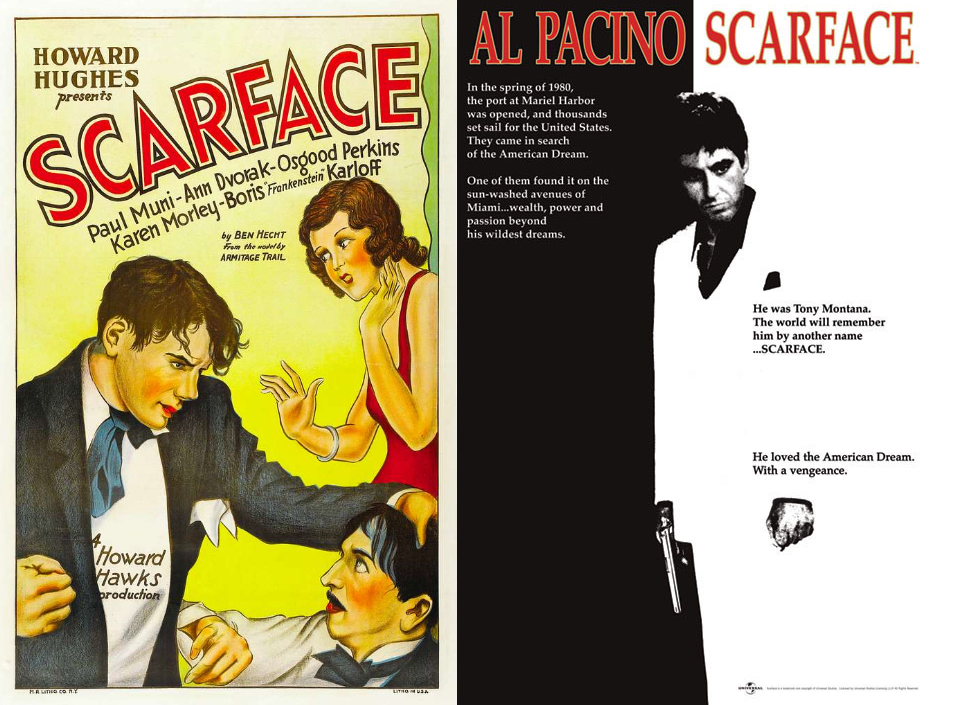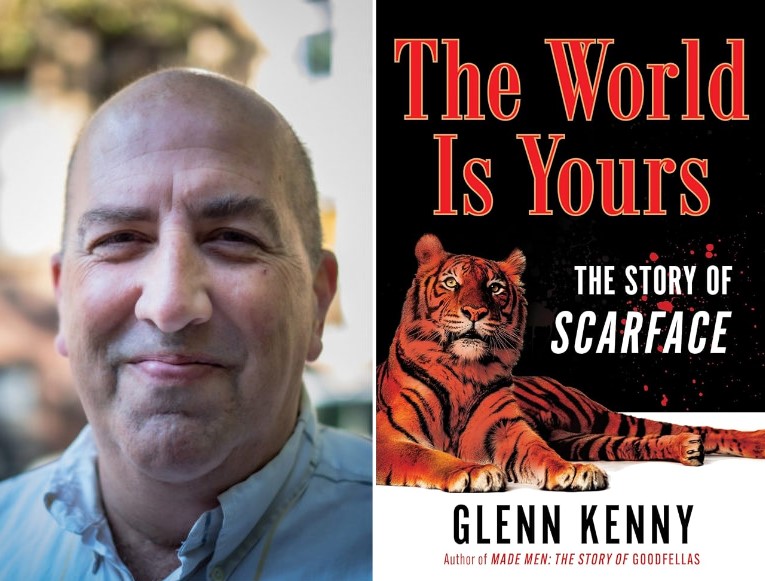Scarface retains cult status with Al Pacino’s ‘iconic’ performance
Film critic’s new book explores 1983 movie’s staying power

The 1983 movie Scarface, featuring Al Pacino in the title role, continues to attract attention more than 40 years after it premiered.
Regarded as a cult classic, the Brian De Palma-directed gangster movie, focusing on South Florida’s violent drug wars of the 1980s, is back in the news with the recent publication of The World Is Yours: The Story of Scarface by film critic Glenn Kenny.
As with his earlier book, Made Men: The Story of Goodfellas, Kenny, in The World Is Yours, interviews people involved in making the movie, providing insights into how it came together and what its impact has been culturally through the years.
In Scarface, Pacino portrays Tony Montana, an outlaw who arrives in the United States as part of the Mariel boatlift from Cuba. He starts out working at the small El Paraiso sandwich shop in Miami before finally becoming a major drug lord.
Written by Oliver Stone, the movie is a remake of Scarface: The Shame of a Nation, released in 1932. That version stars Paul Muni as Tony Camonte, a Prohibition-era bootlegger loosely based on Chicago’s Al “Scarface” Capone. The earlier version even includes a depiction of the 1929 St. Valentine’s Day Massacre, in which seven Chicago gangsters and associates were shot dead in a North Clark Street garage. Though no one was ever prosecuted for the killings, Capone’s Chicago Outfit was thought to have ordered the hit.

The 1932 version of Scarface, directed by Howard Hawks and produced by Howard Hughes, was written by Ben Hecht. As a former newspaper reporter, Hecht was familiar with the Chicago underworld. According to published accounts, Hecht said he spent time during those years at “police stations, courtrooms, theater stages, jails, saloons, slums, madhouses, fires, murders, riots, banquet halls and bookshops.”
A few years before Scarface was released, Hecht teamed with another Chicago journalist, Charles MacArthur, in writing The Front Page, a stage play later made into several radio dramatizations and movies.
According to Kenny in The World Is Yours, Hecht was lured to Hollywood by writer Herman J. Mankiewicz, who, in a telegram, mentioned the money he could make in the movie industry: “Millions are to be grabbed out here and your only competition is idiots.”
Stone, a former Vietnam War combat soldier who wrote 1983’s Scarface, also achieved success in Hollywood. In addition to other films, Stone’s Academy Award-winning resume includes writing and directing the Vietnam War movies Platoon and Born on the Fourth of July.
Pacino rants and raves
The two versions of Scarface, appearing 50 years apart, are similar in several ways, including the lead gangster in each film being obsessed with his sister’s love life. Both men also are inspired by the slogan “The World is Yours.”

During each movie, the main character is gunned down at the end. In the 1983 film, the final shootout leads to Pacino’s famous line, “Say hello to my little friend,” as he uses a heavy firearm equipped with a grenade launcher to blast assassins sent to take him out.
In The World Is Yours, Kenny notes that the director had Pacino play the role to the hilt. By then, Pacino, an experienced stage actor, also was a major film star dating back to his role as Michael Corleone in 1972’s The Godfather.
De Palma said Pacino approached the role in Scarface “a little operatically.” “Being the great stage actor that he is, he could, you know, rant and rave with great skill,” De Palma said. “And it worked, as he gets crazier and crazier and drug-filled as the movie goes on.”
Other similarities exist between the two Scarface movies. For instance, the Pacino and Muni characters employ thick accents, and each has a facial scar, though the scar is only mentioned early in both movies. In each case, the source of the scar is vague.
The Muni character, Tony Camonte, dismisses his scar as a war wound. Camonte’s Mob boss jokes that it was from a war “with a blond at a Brooklyn speakeasy.”
In the 1983 version, the Pacino character, whose scar rips through an eyebrow and down one cheek, said it was something he got as a kid. “You should see the other kid,” he says. “You can’t recognize him.”
‘High fun,’ not ‘high art’
In writing The World Is Yours, Kenny, whose work appears in The New York Times and other media outlets, said he was happy to “explode some myths” in the book.
“People frequently ask me if the filmmakers were on cocaine while making the picture,” he said in a Facebook direct message. “If they had been, there certainly would have been some deaths on the set. Just as Al Pacino did not do heroin to research Panic in Needle Park, he’s never touched cocaine and neither has director Brian De Palma.”
Kenny added that Stone had a cocaine habit when he was commissioned to write the script. “This came in handy when he went to Miami and Bimini to hang out with drug runners to do his research,” Kenny said. However, when the time came to write, Stone went to Paris, “where the drugs were harder to come by.”

In his books on Scarface and the Martin Scorsese-directed Goodfellas, Kenny explores the characters who keep gangster films like these in the limelight.
“While Henry Hill in the Scorsese picture is a freewheeling foot soldier, Tony Montana is a self-made kingpin, a guy who has to win no matter the cost,” Kenny said. “In his first meet with the Colombian traffickers he’s immediately cognizant of the fact that he’s in a binary situation in which he can either win or die. No other options. And he’s steely enough to be comfortable with that. It’s his environment. That’s why he is such an iconic character.”
Organized crime expert and author Scott Deitche said the 1983 version of Scarface remains popular in part because of its influence on pop culture, “whether in hip hop, art or other mediums.”
Deitche, a Mob Museum Advisory Council member, said the movie never takes itself too seriously. “Scarface is not high art, it’s high fun, and Pacino’s performance takes it over the top,” Deitche said in an email. “It’s an incredibly rewatchable, and quotable, movie.”
A Florida resident, Deitche is the author of several Mob-related nonfiction books, including Cigar City Mafia: A Complete History of the Tampa Underworld.
Deitche said Scarface, though fictional, mirrors the Miami drug scene of the 1980s.
“When the Mariel boatlift occurred, that brought a cadre of Cuban criminals that merged in with the existing drug scene in Miami, setting up conflicts both between different groups and intra-organization violence,” he said. “This was depicted well in the movie. Miami had the highest murder rate of any major U.S. city in 1980 and 1981. That was primarily due to the drug wars.”
Larry Henry is a veteran print and broadcast journalist. He served as press secretary for Nevada Governor Bob Miller and was political editor at the Las Vegas Sun and managing editor at KFSM-TV, the CBS affiliate in Northwest Arkansas. Today, he is a senior reporter for Gambling.com.
Feedback or questions? Email blog@themobmuseum.org





